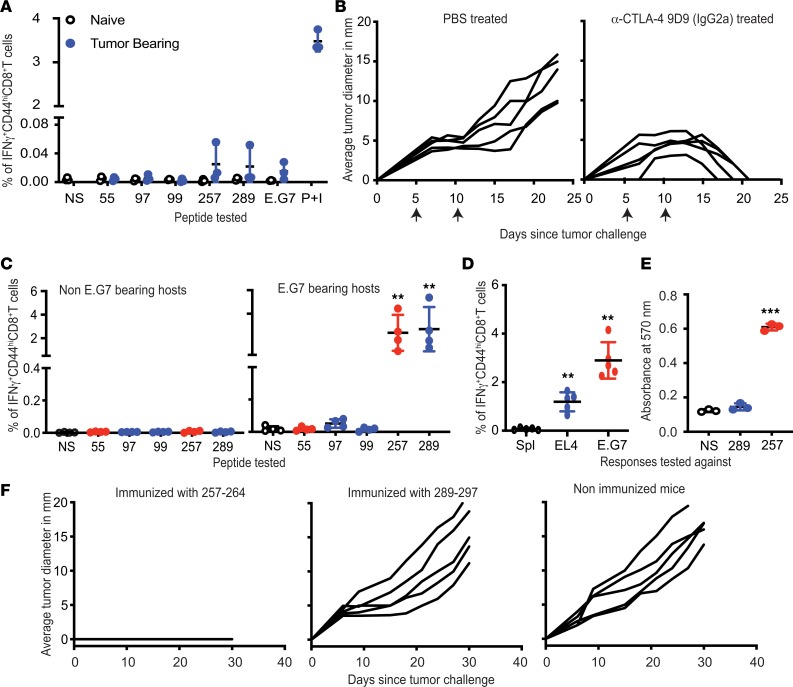Figure 4. CD8+ T cell responses in E.G7-bearing mice.
(A) Lack of CD8+ responses against E.G7 or OVA in E.G7-bearing mice. CD8+ cells from tumor-bearing mice were stimulated with peptide-pulsed splenocytes, unpulsed splenocytes (NS), E.G7 cells, or PMA and ionomycin (P+I) (n = 3; experiment performed 3 times). (B) Treatment with antibody 9D9 IgG2a (α-CTLA-4) causes complete regression of E.G7. E.G7-bearing mice were treated with 9D9 or PBS on the days indicated with arrows (n = 5; experiment performed 3 times). (C) CD8+ responses to 257–264 and 289–297 are primed in mice rejecting E.G7. E.G7-bearing or naive mice were treated with 9D9. CD8+ cells were enriched after tumors regressed and stimulated with peptide-pulsed splenocytes or unpulsed splenocytes (NS; n = 4 for both panels; experiment performed 3 times; Welch’s t test). (D) CD8+ cells from mice rejecting E.G7 were stimulated with splenocytes (Spl), EL4 cells, or E.G7 cells (n = 5; experiment performed 2 times, Welch’s t test). (E) Splenocytes pulsed with 289–297 or SIINFEKL were cocultured with B3Z (n = 3; experiment performed 1 time; Welch’s t test). (F) Peptide 289–297 does not elicit protective immunity, while SIINFEKL does. Mice were immunized with SIINFEKL or 289–297 and challenged with E.G7 seven days later (n = 5 for each panel; experiment performed 2 times). **P ≤ 0.01, ***P ≤ 0.001.

